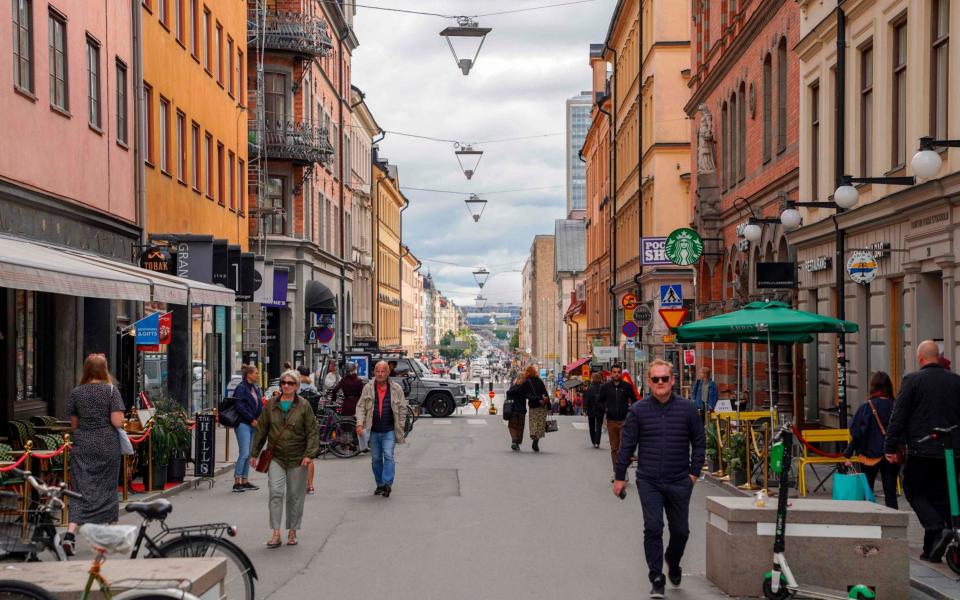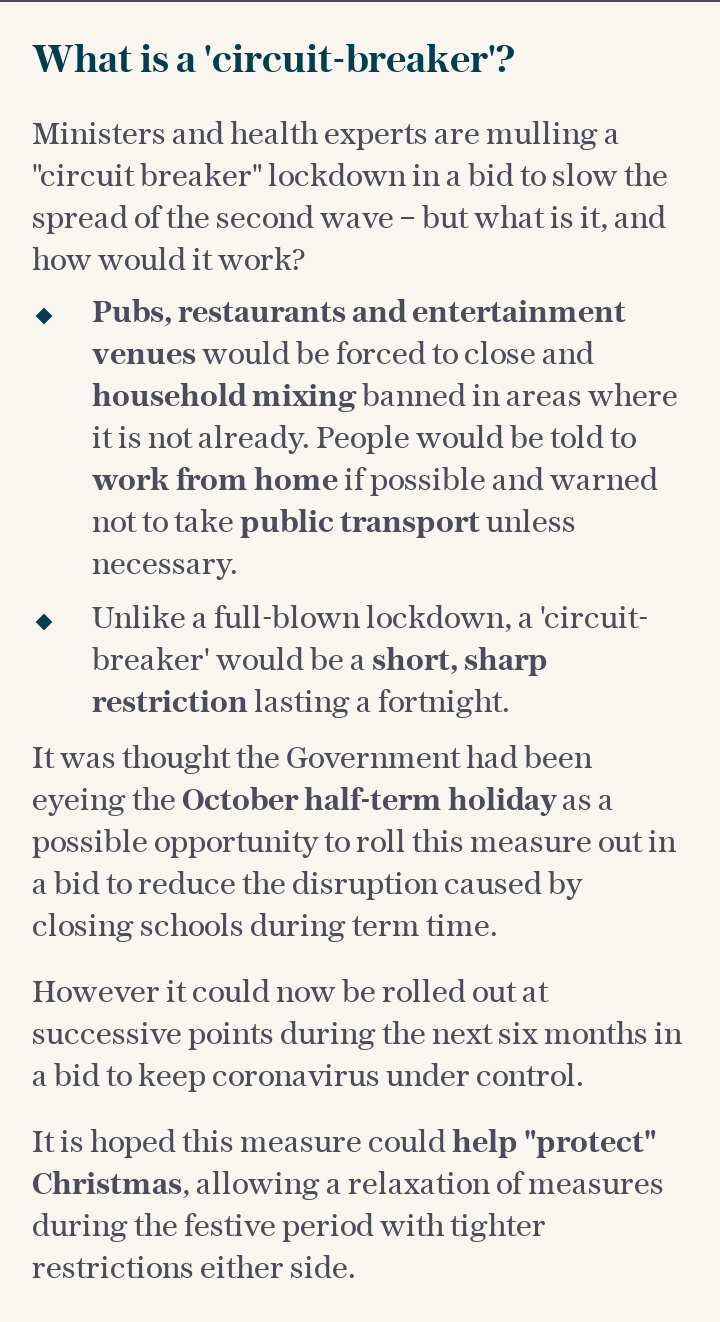Sweden avoiding second wave because of consistent measures and 'trusting population', says leading figure

One of the chief architects of Sweden's response to Covid-19 has claimed that the measures taken were not that different to other European countries like Britain, but it has a "trusting" population who are "in it for the long run" to control the virus.
Sweden has gained both praise and condemnation for its light-touch approach to lockdown, which saw its per capita death rate briefly become the highest in the world. But it is not currently experiencing a second wave of the severity facing much of Europe, including Britain.
As other countries head into “circuit breakers”, curfews and lockdowns, Sweden's deputy state epidemiologist, Dr Anders Wallensten, said that consistent, clear regulations which have remained largely the same throughout the crisis explain his country's current situation.

In a veiled criticism of Britain, Dr Wallensten said that compliance and trust in authorities in Sweden has so far been “good” and is “not really declining”. He added that introducing recommendations which “people can accept” and that “make sense” has been crucial to maintaining long term control over Covid.
Although shops, restaurants and gyms remained open throughout the pandemic, many Swedes stayed home at rates similar to their European neighbours, surveys and mobile phone data suggest. This is despite the fact that stay-at-home measures were voluntary in Sweden, as opposed to being required by law as in other European countries.
Sweden was also an outlier in that there was never a closure of schools for children 15 or under, and it does not encourage the use of face masks.
But Sweden has also recorded a considerably higher Covid-19 case and death toll than its Scandanavian neighbours: as of October 14, Sweden had an incidence of coronavirus deaths of 57.6 per 100,000 population, as opposed to Norway’s 5.2, Finland’s 6.2 and Denmark’s 11.6.
Sweden also currently has the fifth highest death rate in Europe, behind Italy, the UK, Spain and Belgium.

Still, Dr Wallensten denied that herd immunity was ever part of the Swedish strategy, emphasising that the “main goal” was to ensure that hospitals can manage and that the elderly are protected.
Much remains unknown about herd immunity, he added, and therefore pursuing that strategy “wouldn’t have even been a clever goal”.
There was also “not that big of a difference” between Sweden’s approach to the pandemic and that of other countries, he insisted, and that many measures “are still up and running”, which could be why Sweden isn’t experiencing a severe second wave yet.
“I don’t think any country is immune to a greater outbreak,” he said, speaking at a webinar hosted by the Royal Society of Medicine on Thursday. “But if I were to speculate [on why Sweden hasn’t yet experienced a second wave], it may be the fact that we did perhaps have a lighter touch but we have kept it all along.
“We have not opened up. We have had the same restrictions all along. Maybe that’s a reason we don’t see these major changes, because transmission has been limited in the same way throughout.”
He added that because Sweden has experienced “quite a lot of transmission” of the virus, it may also be the case that there is greater immunity in some areas where spread may have been higher earlier this year.
“We’re always looking at balance when it comes to public health, which is part of why we kept schools open,” he said.
“But we also had quite strict regulations for the elderly and they are still there and they still have very limited interactions with other people.”
Indeed, stay-at-home recommendations in Sweden for over-70s have been in place and remained the same since April, and it was only last week that a ban on visits to care homes was lifted. But even care home visits will be done “as safely as possible”, and could see bans reimposed at a local level if required.
“So we have had that shielding approach in some but we have not yet seen the need to do a lockdown where you limit everyone’s contacts,” he said.
And perhaps in most sharp contrast to Britain, Dr Wallensten said that while public fatigue towards Covid-19 measures is “an issue”, compliance with and trust in authorities in Sweden doesn’t yet appear to be declining - something he attributes to clear, long-standing recommendations.
The latest polling from YouGov found that 68 per cent of Britons supported a two-week lockdown for the country, while almost two-thirds do not think the government has a clear plan to tackle the pandemic.
This came after it emerged that the UK government overruled Sage scientists who pressed for strict national lockdown measures and warned that failure to do so could result in “a very large epidemic with catastrophic consequences”.
Instead, the government opted for a three-tiered approach which has been lambasted by many local leaders across the country, especially in the north.
Sweden - with a population of 10.23 million - has recorded 102,407 cases of Covid-19 and 5,910 deaths so far.

